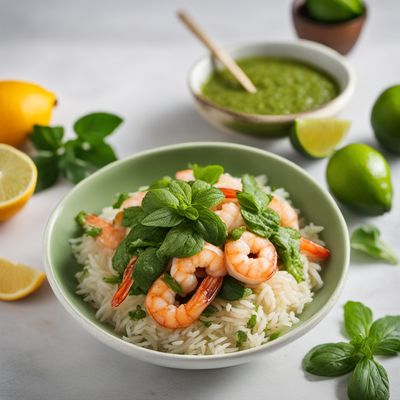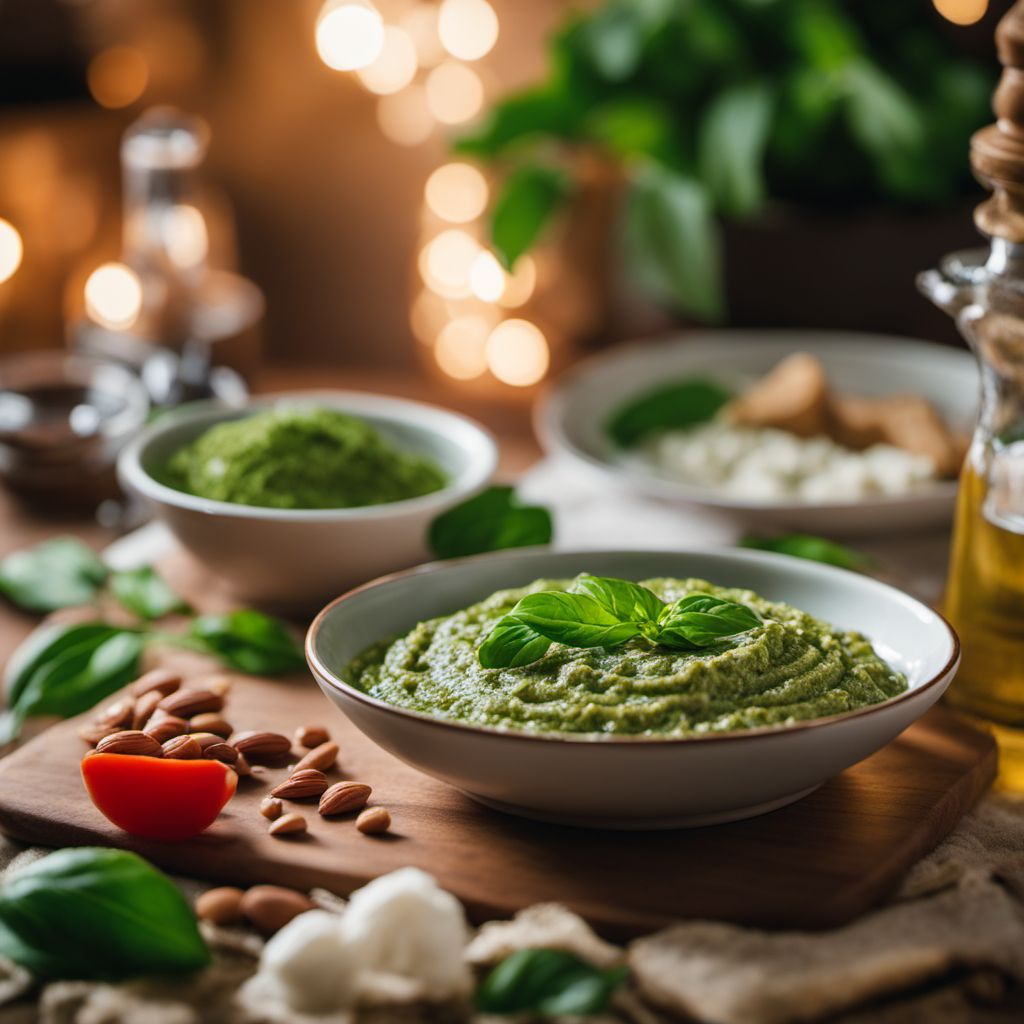
Dish
Pesto Genovese
Pesto Genovese is made by blending together fresh basil, garlic, pine nuts, Parmesan cheese, and olive oil. The resulting sauce is bright green and has a smooth and creamy texture. It has a fresh and herbaceous flavor that is perfect for tossing with pasta or spreading on sandwiches. Pesto Genovese is a staple in Italian cuisine and is often served with pasta dishes like spaghetti or gnocchi.
Origins and history
Pesto Genovese originated in the Liguria region of Italy and is believed to have been created by Genoese sailors as a way to preserve fresh basil. Over time, the recipe evolved to include garlic, pine nuts, and Parmesan cheese. Today, it is a beloved sauce throughout Italy and is often used as a condiment for sandwiches or a topping for pizza.
Dietary considerations
Vegetarian
Variations
There are many variations of Pesto Genovese, some of which include different types of nuts like walnuts or pistachios. Some recipes also call for the addition of lemon juice or sun-dried tomatoes for added flavor.
Presentation and garnishing
Pesto Genovese can be presented in a small bowl or jar alongside pasta dishes or used as a spread on sandwiches. It can also be used as a topping for pizza or a dressing for salads. Garnish with fresh basil leaves or grated Parmesan cheese for added flavor and texture.
Tips & Tricks
To prevent the basil from turning brown, blanch it in boiling water for a few seconds before blending it with the other ingredients.
Side-dishes
Pasta dishes, sandwiches, pizza
Drink pairings
White wine, sparkling water
Delicious Pesto Genovese recipes
More dishes from this category... Browse all »

Agliata
Italian cuisine

Agrodolce
Italian cuisine

Ajilimójili
Mexican cuisine

Allemande sauce
French cuisine

Almogrote
Canarian cuisine
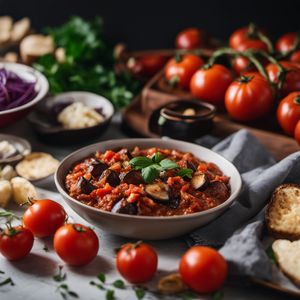
Ammoghiu
Italian cuisine

Apple Sauce
American cuisine

Awaze Sauce
Ethiopian cuisine
More cuisines from this region... Browse all »
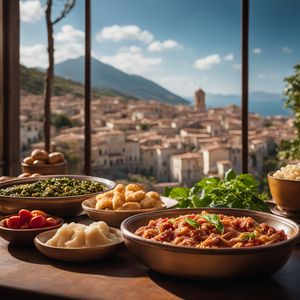
Abruzzese and Molisan cuisine
Savory, Earthy, Rustic, Hearty
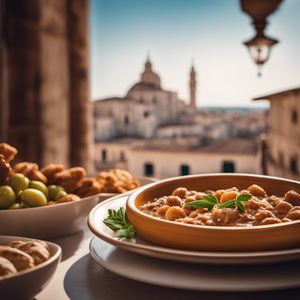
Apulian cuisine
Fresh, Savory, Rustic, Simple

Arbëreshë cuisine
Savory, Tangy, Herbaceous, Spicy

Basilicatan (Lucanian) cuisine
Savory, Earthy, Rustic, Hearty

Ligurian cuisine
Light, Delicate, Herbaceous, Salty

Lombard cuisine
Rich, Savory, Meaty, Cheesy
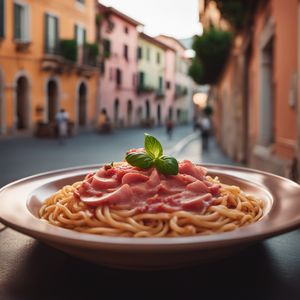
Neapolitan cuisine
Bold, Savory, Spicy, Tangy, Fresh

Roman cuisine
Fresh, Light, Herbaceous, Tangy, Savory
